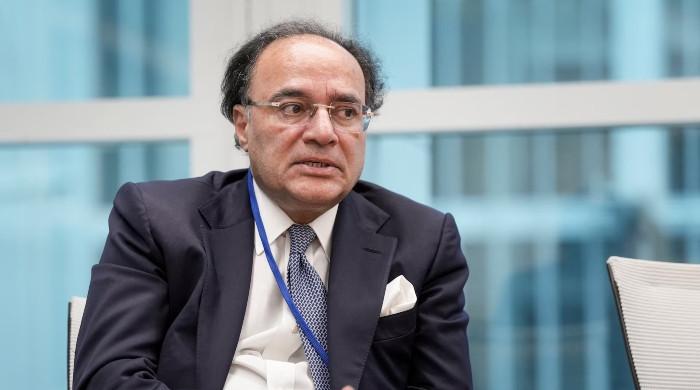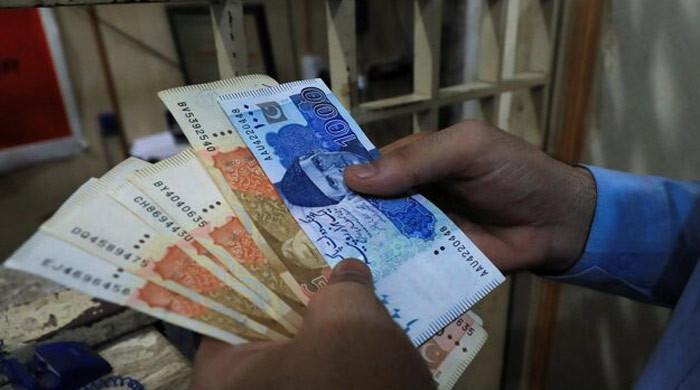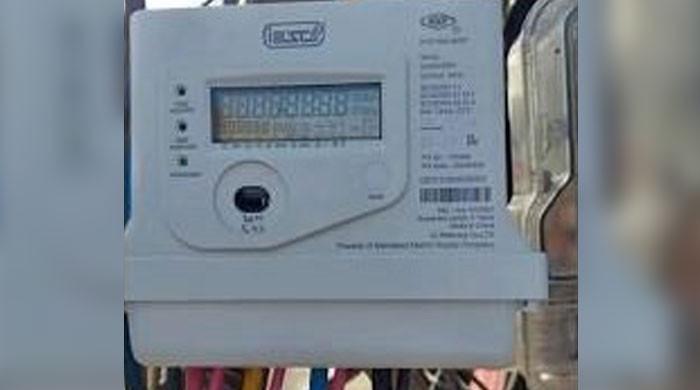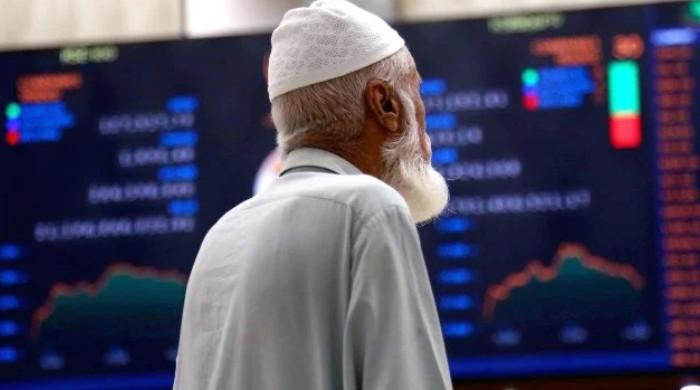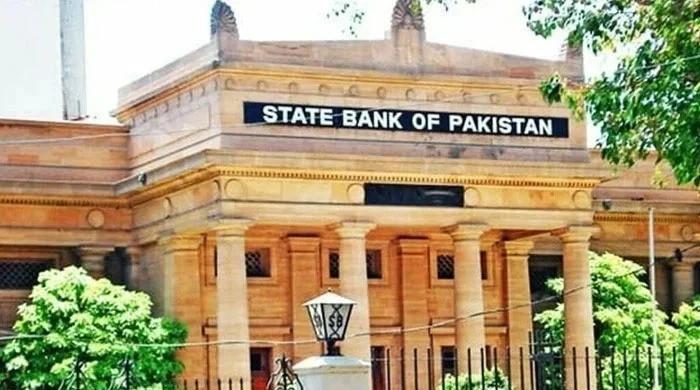Finance Minister Shaukat Tarin unveils new economic roadmap
Govt launches short, medium and long-term economic programme for 14 key sectors to ensure sustainable growth
August 28, 2021
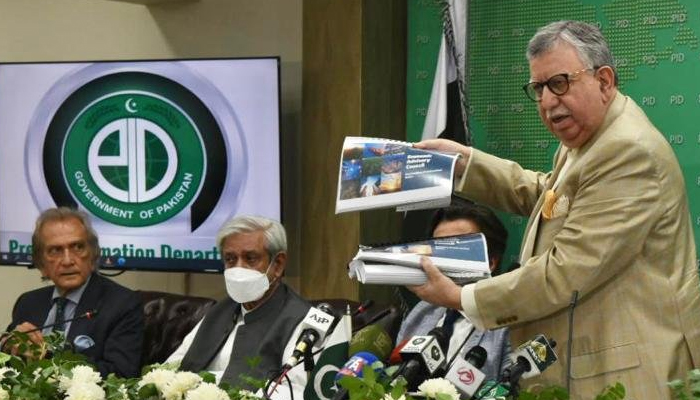
- Shaukat Tarin assures government has no intention to come out of IMF programme.
- Government prepares short, medium and long-term agendas for 14 sectors.
- Finance minister says Prime Minister Imran Khan is ready to sign Charter of Economy if Opposition decides to move ahead.
ISLAMABAD: The government is ready to sign the Charter of Economy only if Opposition parties decide to move ahead, said Finance Minister Shaukat Tarin while unveiling the short, medium and long-term programme for 14 sectors to ensure economic growth.
Shedding light on the upcoming talks with the International Monetary Fund (IMF) scheduled to be held in September, Tarin assured participants of the event that the government did not have any intention to come out of the $6 billion IMF programme.
Meanwhile, the finance minister’s trip to Washington is scheduled in October for a face-to-face meeting with the IMF officials.
Speaking at the news conference, Tarin mentioned that Prime Minister Imran Khan has asked him to talk to the Opposition and find out whether they are ready to move ahead. “The Charter of Economy should be implemented if Opposition parties decide to move ahead,” he reiterated.
Along with members of the Economic Advisory Council (EAC), federal ministers, financial experts and renowned business tycoons, the finance minister launched the future roadmap on the economic front, saying that these plans were devised in the past, however, he is not sure why these weren’t implemented during the first three years of the PTI government.
Highlighting the role of the finance ministry’s Economic Reform Unit (ERU), he said the unit is instructed to ensure the implementation of this plan devised by the EAC. “All ministers will stand up in front of the premier to share the implementation status on a monthly basis on this devised plan,” he maintained.
Tarin said that he knows the PTI government has only two more years left in its tenure but despite this, it has designed the economic plan with a vision that it would be implemented in the future as well.
Speaking on the occasion, Adviser to the Prime Minister on Institutional Reforms, Dr Ishrat Hussain said, “Pakistan’s growth trajectory had witnessed a boom-and-bust cycle as whenever it achieved higher growth in the range of 6-7%, it could not sustain it for long and plunged into low growth after surfacing of the balance of payment crisis.”
Hussain, who has supervised the preparation of an inclusive and sustained growth plan, emphasised that there is a dire need to learn from past mistakes as the gross domestic product (GDP) growth could become elitist, adding that the advisory council had devised a model of shared growth. He reiterated that inclusive and sustained growth could provide a solution for the country, going forward.
Shedding light on the reasons for a boom-and-bust cycle, the prime minister's aide said Pakistan witnessed boom-and-bust cycles because of its production-related constraints, hence the country had to rely on imports to fuel higher growth that ultimately resulted in the balance of payments crisis.
The adviser said that the EAC has devised a future roadmap after identifying that there was a missing link in the devolution process as the local governments were not strengthened.
He added that the current, investment-to-GDP ration stood at 15%, which should surge to 30%. Meanwhile, in the short run, the ratio should be increased to 20%.
Citing examples of India and Bangladesh, Hussain mentioned that the investment-to-GDP ratio there stood at 30%. Moreover, he stressed the need to improve agricultural productivity. Wheat production stood at 29 maunds per acre while progressive farmers were achieving 50 maunds on a per-acre basis.
Newly devised economic roadmap
The EAC aims to accelerate growth rate from 3% to 6% in the next three years, maintain sustained growth rate in the medium and long-term without creating pressure on the balance of payments, keep inflationary expectations subdued, create employment opportunities and reduce poverty by strengthening social safety nets.
The drivers of growth are envisaged through raising investment rates, securing productivity gains and using technology for efficient allocation of resources and enhancing productive capacity.
The 14 sub-sectors included agriculture, micro-enterprises, small-medium enterprises (SMEs), construction, tourism, digitisation and value addition in exports and diversification.
The objective behind this economic plan was to contain inflation at acceptable levels, increase the tax-to-GDP ratio by 1.5-2% annually, attain the target of $30 billion exports by 2023-24 and keep up momentum in remittances, increase coordination between federal, provincial and the private sector of the country, rationalise energy prices and eliminate circular debt problem.
For the short-term agenda, the EAC has devised a 13-point plan including devolving administrative, legal powers and financial resources to local governments, raising the investment-to-GDP ratio by 20% through higher allocation for public sector investments, and increasing productivity of small and medium farmers.
The advisory committee has made 15-point agenda for a medium and long-term plan for the country’s economic growth. The agenda includes giving priority to achieving universal access to quality education, focus on human development, completion of CPEC projects, utilisation of Special Technology Zones, IT parks, incubation centres that complement CPEC investments, implement renewable energy policy, minimise government interventions, expand the scope of Ehsaas programme, decrease GST rate to a single digit, capture 1% import market of China by 2030, encourage the private sector, careful planning and investment in housing and others.




